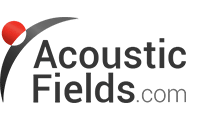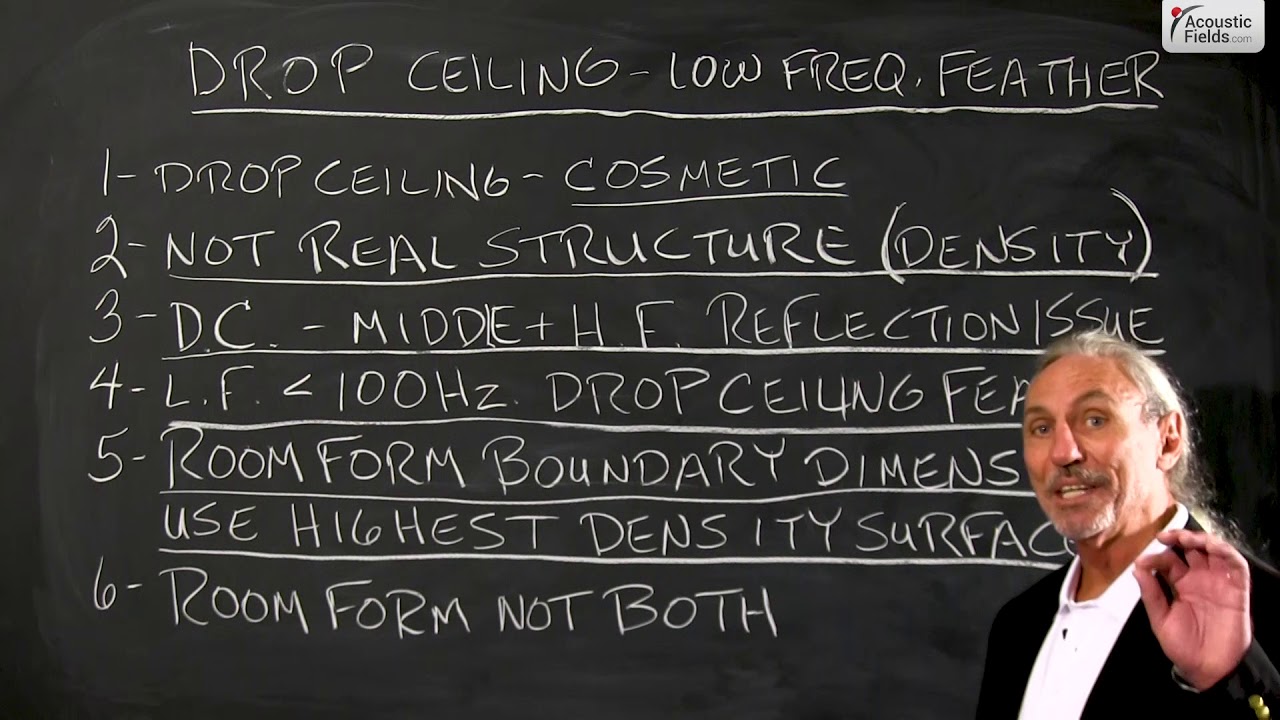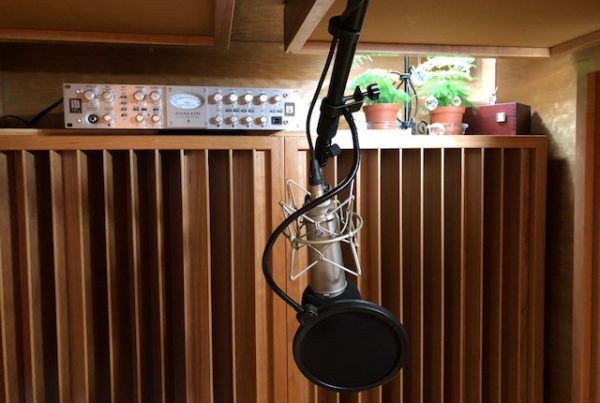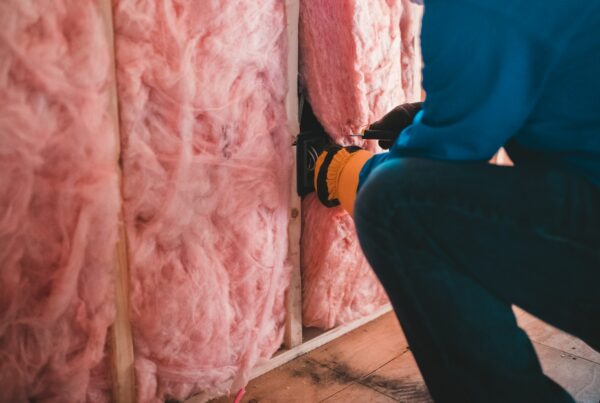Let’s talk about drop ceilings and low frequency and room forms. Because we get a lot of room forms, I think we get 30, 40 a day now. So I’m trying to minimize the effort that you have to put in on your end so it minimizes the time I have to spend on my end.
So drop ceilings are a big issue for people. They kind of confuse the dimensions that they need to enter into the room form. So let’s realize that a drop ceiling is mainly cosmetic when it comes to low frequencies. It’s usually hiding something. Conduits for electrical, duct work for refrigeration and things like that.
So it’s really cosmetic and it’s not the real structure that we need to look at, especially in low frequencies. We look at the most dense structure that we can because middle and high frequencies are about reflection and a drop ceiling is really about those. It has nothing to do with the low frequency side of things. So you have a drop ceiling and the structure above the drop ceiling, they’re might be 16 inches, they’re might be 12 inches.
So we really need to look at what the drop ceiling is doing and what it’s impacting and we really need in our widths and heights and length dimensions to get to the densest surface that we can. So everything less than a 100 cycles is going to be impacted by density. So we want to get that surface area first, whatever it is.
So on the room form it’s good to know that you have a drop ceiling in it but try to find the highest point in the ceiling that has the greatest density because that’s the dimension we’re going to use when we calculate low frequency issues in your room. And floor to ceiling low frequency issues are the most powerful. So it’s critical that we have good numbers to work with because if we have exact numbers, that means less money you have to spend on treatment.
So let’s note both on the room form so I have an idea of what we need to do. Because we may be able to take it out in some situations. We may not need it. It may be just put in and not covering up anything. Now, in other situations you might have a lot of duct work, you might have a lot of electrical piping and things like that. So we may have to keep it. But realize that it’s all about density when it’s low frequency. I always say that a drop ceiling is like a feather to a low frequency energy wave. And it is because it goes right through it.
So let’s be cognoscente of the space above the drop ceiling. Note that we have one but give me the actual dimension when you fill out the form that gets to the most dense structure.
—
This is an unedited transcript from our video series from Acoustic Fields. There will be some errors in grammar and sentence structure that occur during this translation process.
For complete understanding and comprehension, please view the video which is included in this text. For any additional information regarding this topic or others relating to room acoustics, please contact us directly at:
P: 520 – 392 – 9486
